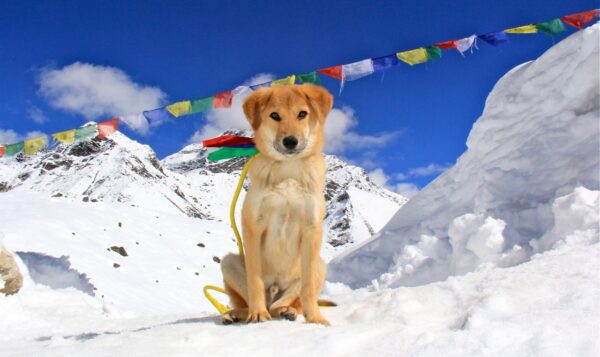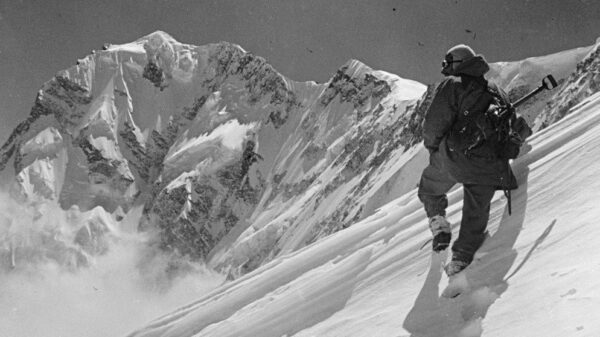Trekking
Himalayan Controversies That Shook The Climbing World
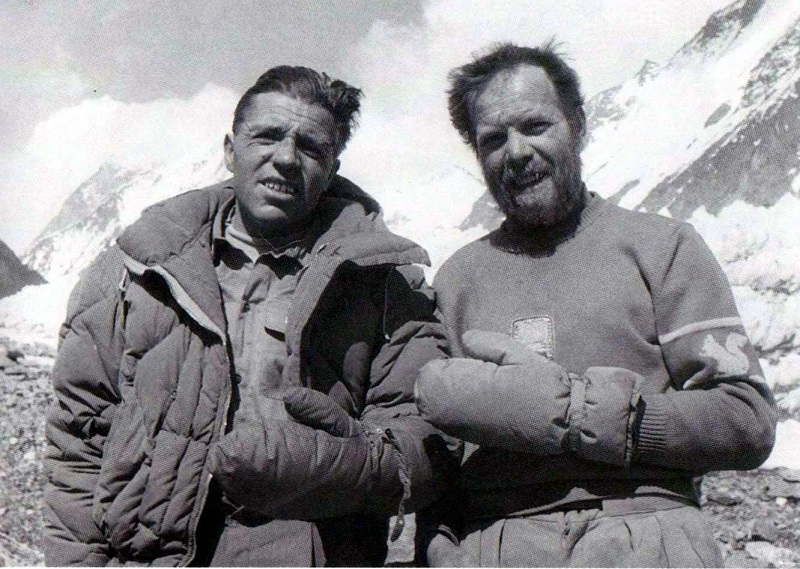
Like many other adventure sports, mountaineering, which celebrates the indomitable spirit of unrelenting human will and which gave us some of the greatest heroes the world has ever seen, too has its share of controversies.
The deadliest mountains have seen some of the biggest names in climbing getting embroiled in ugliest fights in the game of one-upmanship. From trying to grab all the fame they could by lying or at the cost of others to abandoning their partners in the death zones so that they could reach the summit first, some mountaineers seem to have used all the dirty tricks to remain on top.
And there are also others who have been unnecessarily dragged into controversies for no fault of theirs. The mountains, for sure, not only bring out the best in us, but also the worst. Here I am listing out some of the mountaineering history’s worst and the dirtiest controversies that shook the mountaineering world.
Savages on the Savage Mountain
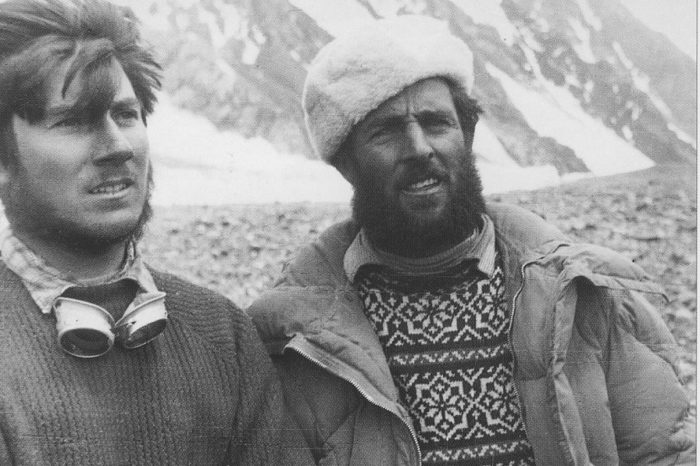
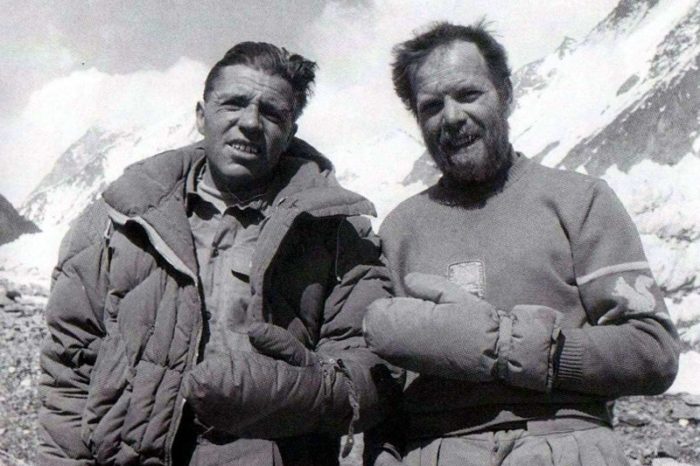
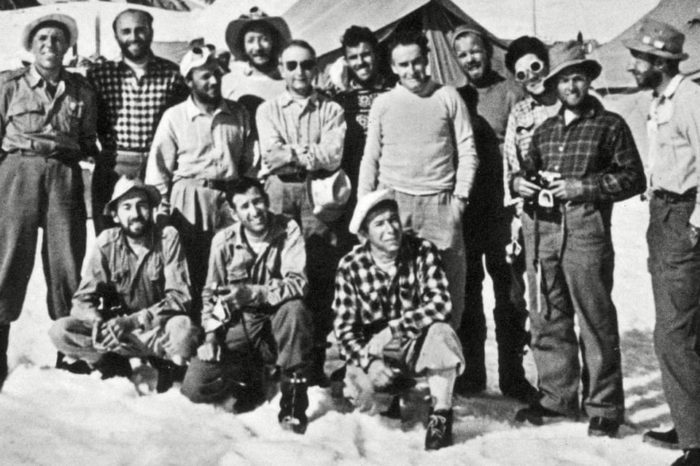
If the 1954 Italian expedition on K2 is remembered for the brilliant success it achieved in summitting the second highest mountain in the world for the first time then it will also never be forgotten for the treachery and back-stabbing some members indulged in on K2, also known as the Savage Mountain.
Walter Bonatti, the Italian mountaineer, and Pakistani porter Amir Mehdi were forced to spend a night in the open without a shelter at an altitude of 8100 meters after the camp site was deliberately moved from the decided position by expedition members Lino Lacedelli and Achille Compagnoni in order to not let Walter reach the top. Both Walter and Mehdi survived the bivouac but Walter was made a sacrificial lamb in this controversy following a flurry of false accusations that he had tried to sabotage the expedition.
It was not until 54 years later in 2008 that Italian Alpine Club accepted Walter’s side of the versions and set the record straight on what actually had happened at the K2.
The Annapurna Hero who Silenced His Partners
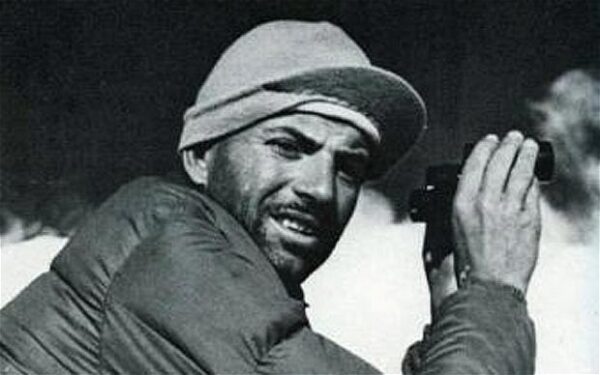
Annapurna was the first mountain over 8,000 meters to have been scaled by any man or woman making the successful climb one of the greatest first achievements in mountaineering.
However, this major victory in 1950 had a dark side too. Maurice Herzog, the expedition leader, had ensured no other team member could write a single word on the climb for five years by making them sign a contract. So, when Herzog wrote his best seller Annapurna, he basically told one side of the story, taking all the credit and belittling others including Louis Lachen, who had stood with him at the top.
After the publication of the book, while Herzog became a national hero, Lachen slipped into obscurity. In 2000, Bruce Barcott’s book True Summit renewed the controversy and put forward the case that Maurice in order to preserve his own reputation and the legend of the Annapurna climb had suppressed competing versions for nearly 50 years.
No Mercy On The Killer Mountain?

In June, 1970, Reinhold Messner and his younger brother Günther Messner, went up the Nanga Parbat, the Ninth highest mountain in the world also known as the Killer Mountain. Both the brothers summitted the mountain but only Reinhold returned, sparking off accusations that he had abandoned Gunther on their way down. Messner, one of the greatest climbers of all time who was the first man to climb all the 14 tallest mountains over 8,000 meters and also the first one to climb Mount Everest without bottled Oxygen, has been dogged by the allegation ever since.
Though Reinhold has always maintained that Gunther, 23 at that time, was buried by an avalanche, others on the expedition have always claimed that he abandoned his altitude-sick younger brother so that he could tackle alone the Diamir Face of the mountain. Two other climbers – Max von Kienlin and Hans Sale – who were part of the expedition had claimed that Messner abandoned his brother and actually sacrificed him for his own ambition. In 2005, a team of local Pakistani guides found the remains of Gunther.
The controversy has seen over a dozen lawsuits, allegations, counter allegations and many conspiracy theories in the last over three four decades but nobody knows what exactly happened that day on the mountain except of course for Reinhold Messner.
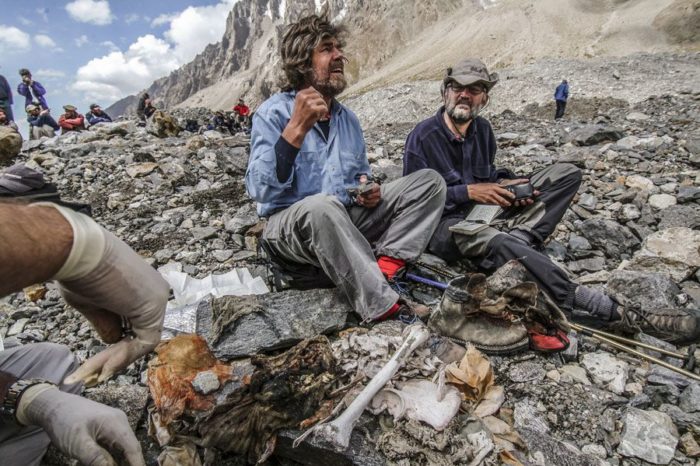
Who first set foot on the summit of Mount Everest?
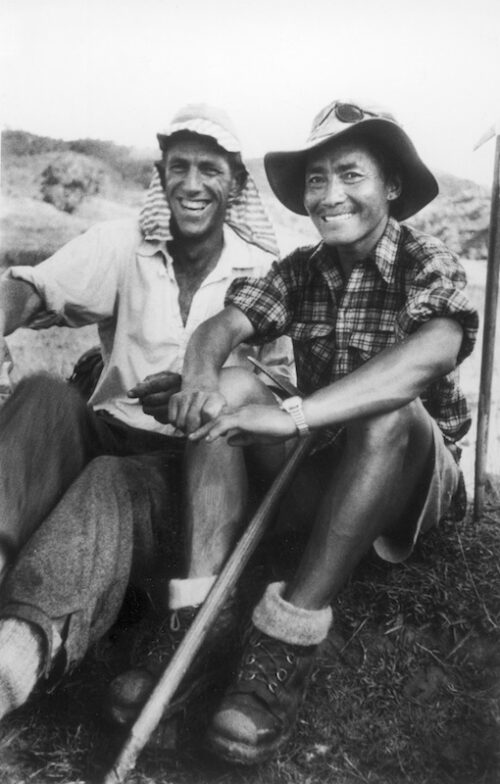
When on May 29, 1953, Edmund Hillary and Tenzing Norgay reached the Mount Everest, it was celebrated as one of the greatest feats in human history. But soon enough, the greatest achievement was engulfed in a controversy over who first set foot on the summit of the tallest mountain –- Edmund or Tenzing? While the Indian and Nepalese media made the case that Tenzing reached the summit first, the western newspapers and television stations, on the other hand, seem hardly bothered.
The Indian and Nepalese media claimed that Tenzing was a better climber than Edmund and the first one to reach the top. However, the best part was that amidst this battle over first-man-on-Everest, both Edmund and Tenzing maintained that they climbed as a team and reached the summit together.
In the next few months, there was again uproar when Edmund was knighted by the British Queen but not Tenzing, who was found ineligible for knighthood and instead given George Medal. It took a while for these controversies to die down but eventually they did as both Edmund and Tenzing did not let themselves dragged into them. And who had reached the summit first? For the record, it was Edmund Hillary. But does it really matter?
The summit lie that brought down a great climber
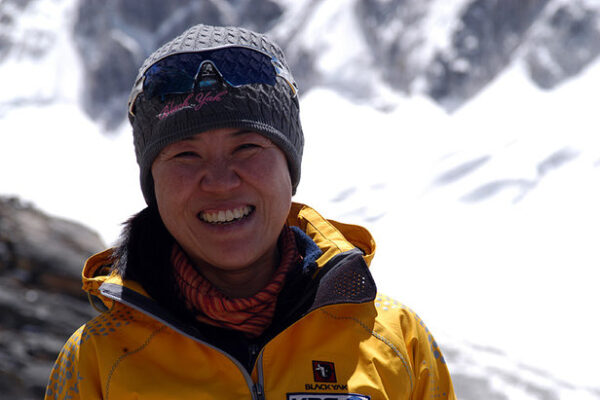
It was the biggest fall from grace in the mountaineering world. The legend that Oh Eun-sun, one of the top women climbers of all time, had built over the years and the respect she had earned came tumbling down in 2010 when it was revealed that in the race to become the first woman to climb all the fourteen highest peaks she had falsely claimed to have had summitted Kangchenjunga, the world’s third-highest mountain.
The South Korean climber’s Kangchenjunga claim in 2009 had earned her the title of being the first woman to climb all the fourteen mountains taller than 8,000 meters. But when the controversy broke out in 2010 and experts found no convincing photographs of Miss Oh on the summit, she was stripped of the title and the record was passed on to Spanish climber Edurne Pasaban.

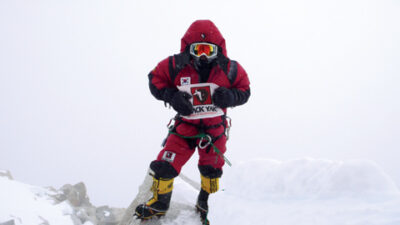
Miss Edurne had scaled all the fourteen peaks barely three weeks after Oh Eun-sun claimed to have finished doing it. Later, Miss Oh had admitted to having stopped few meters short of the summit due to unfavorable weather conditions.


